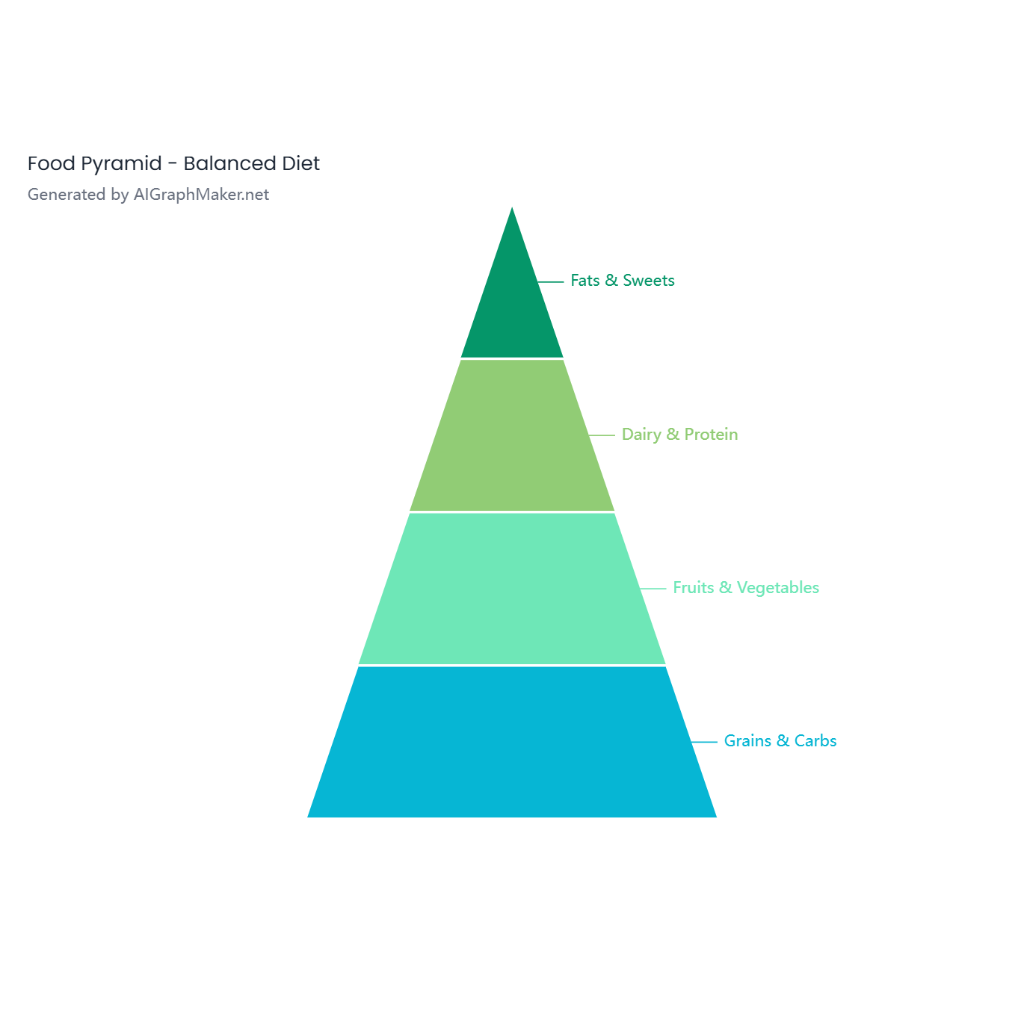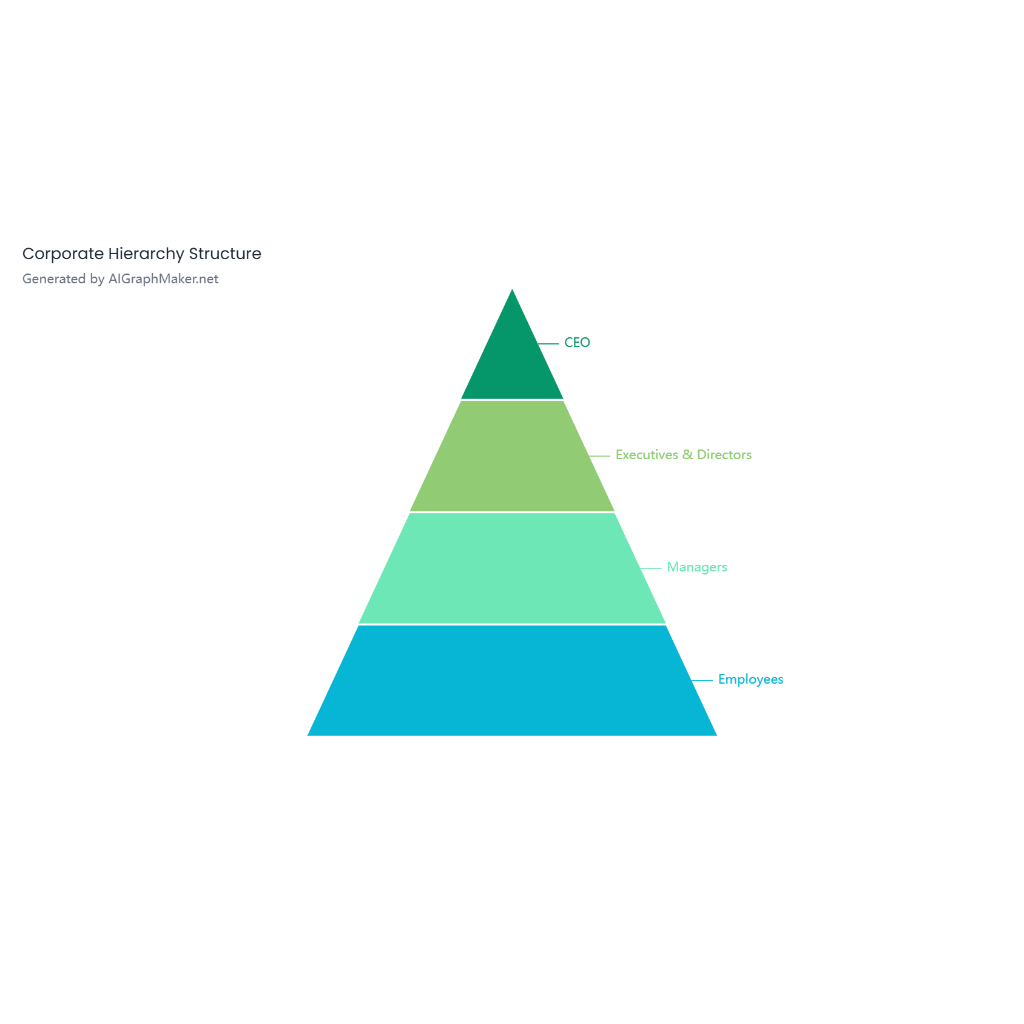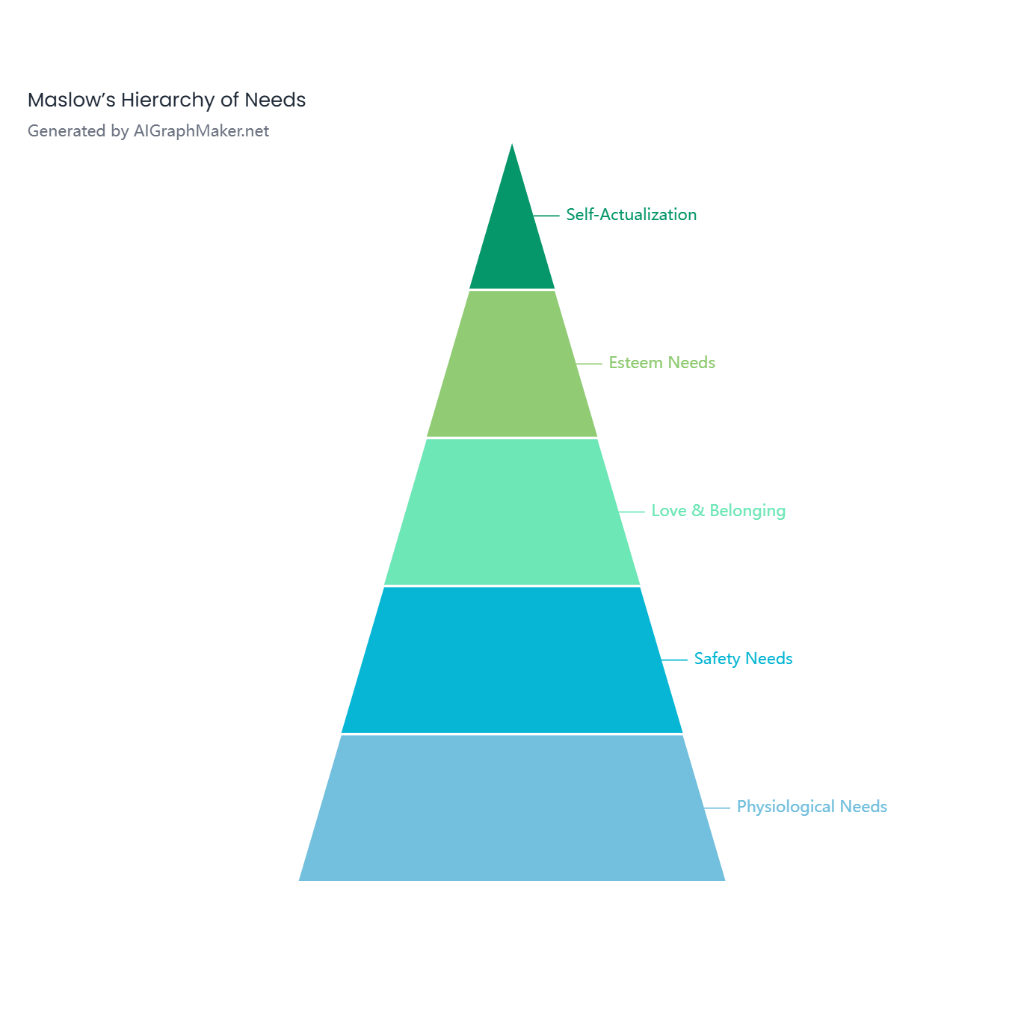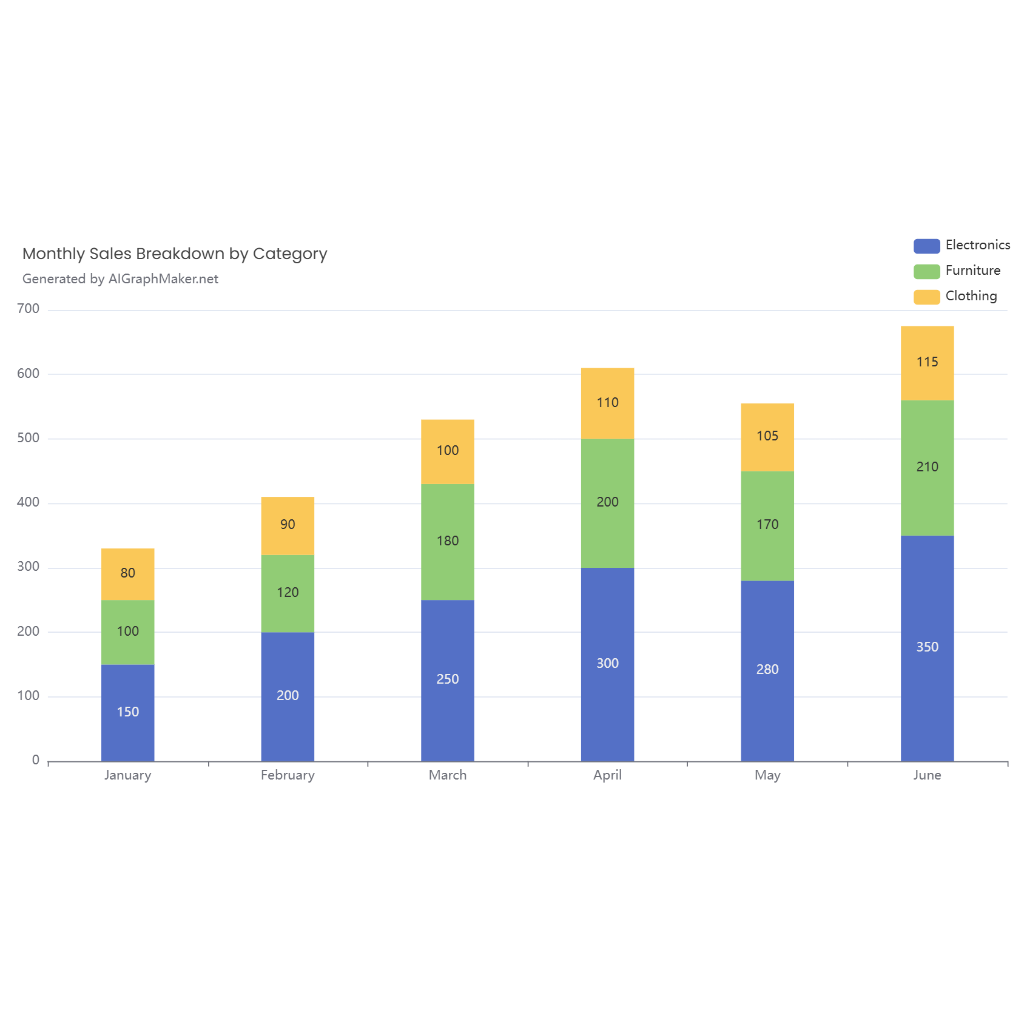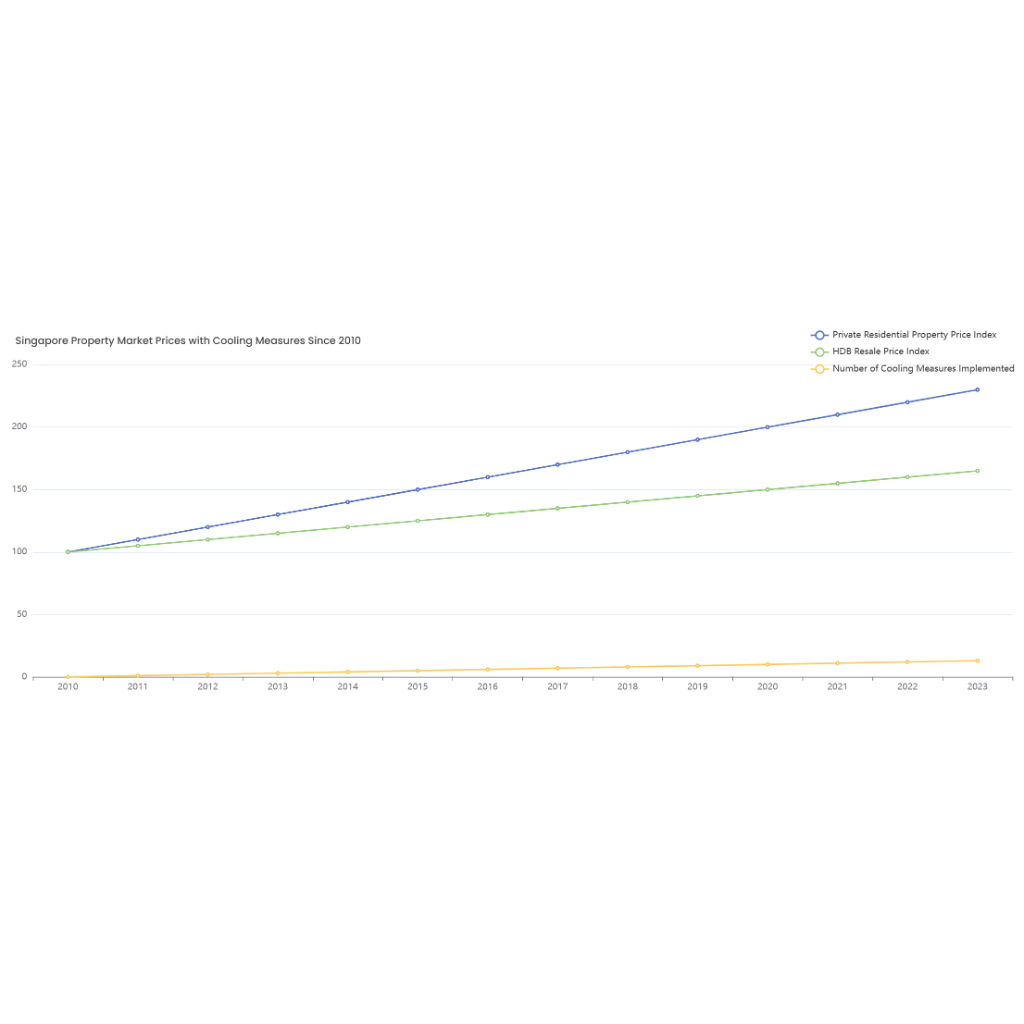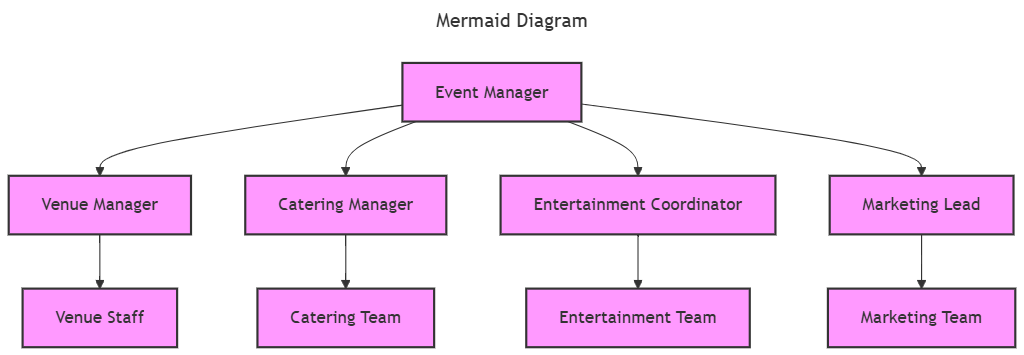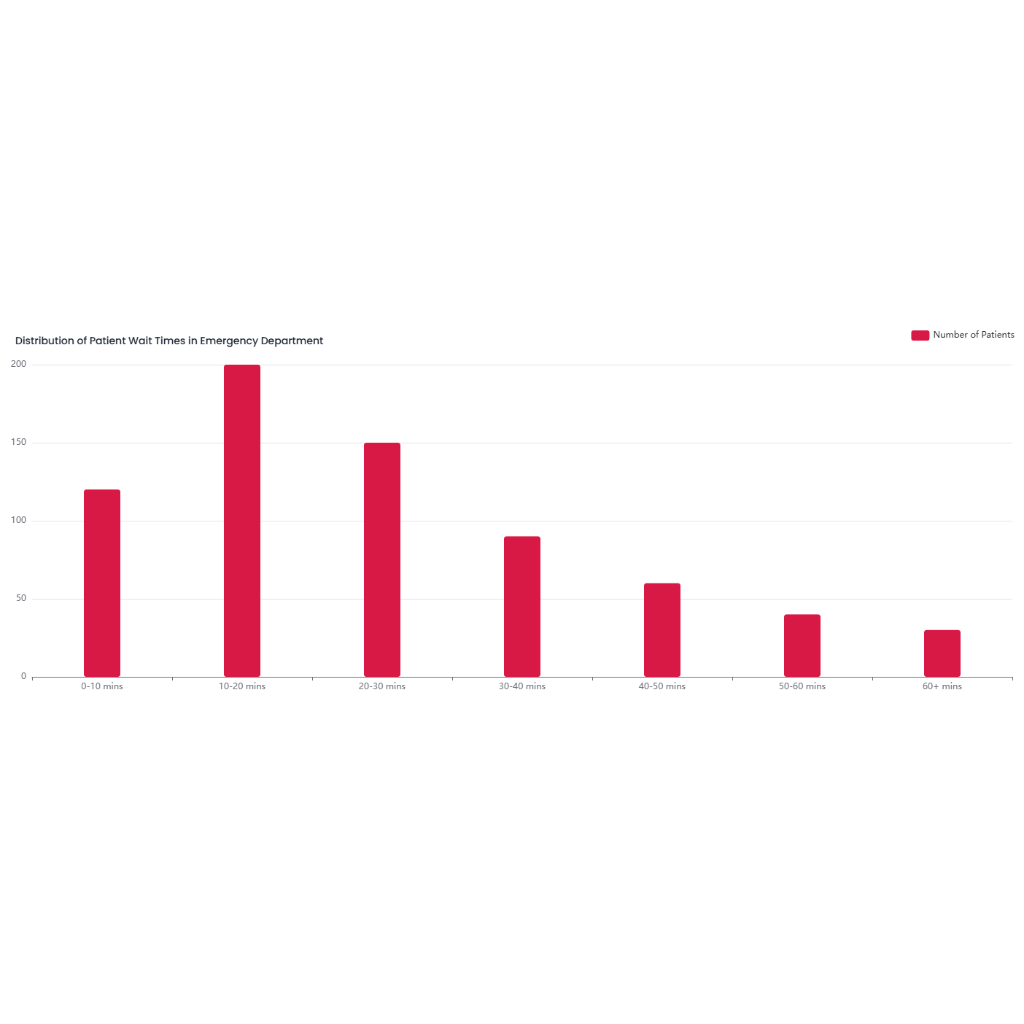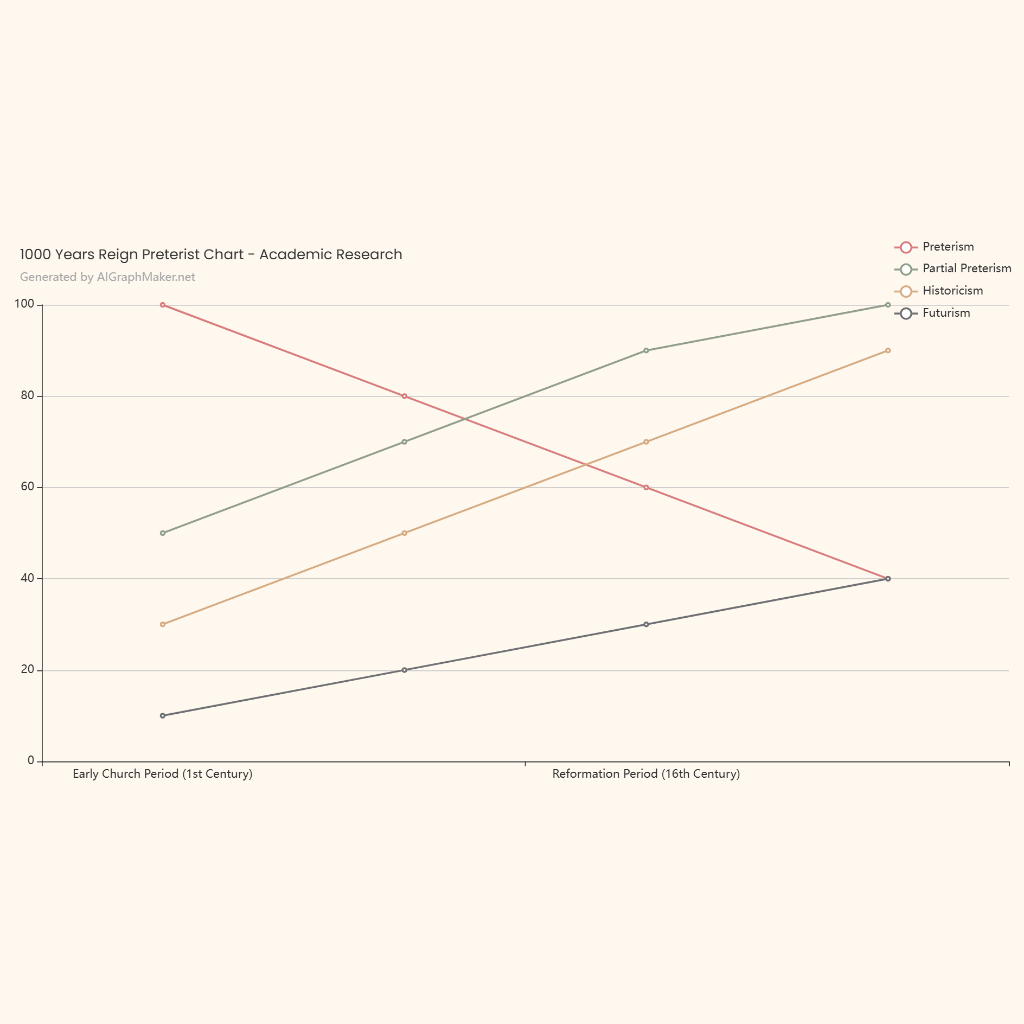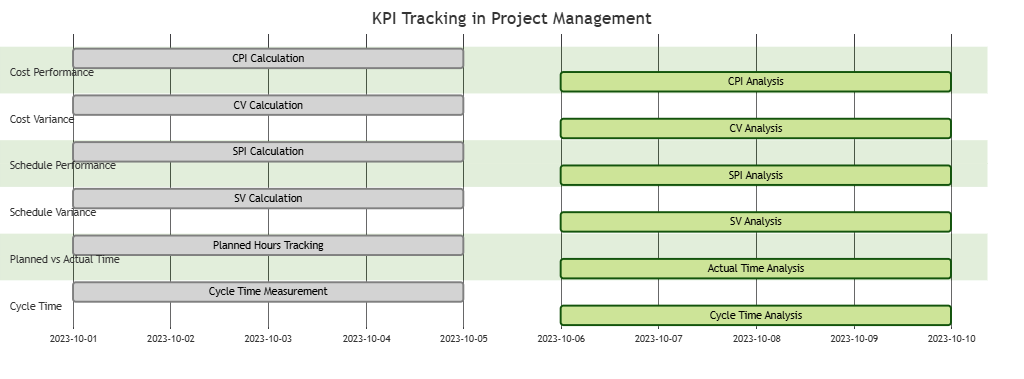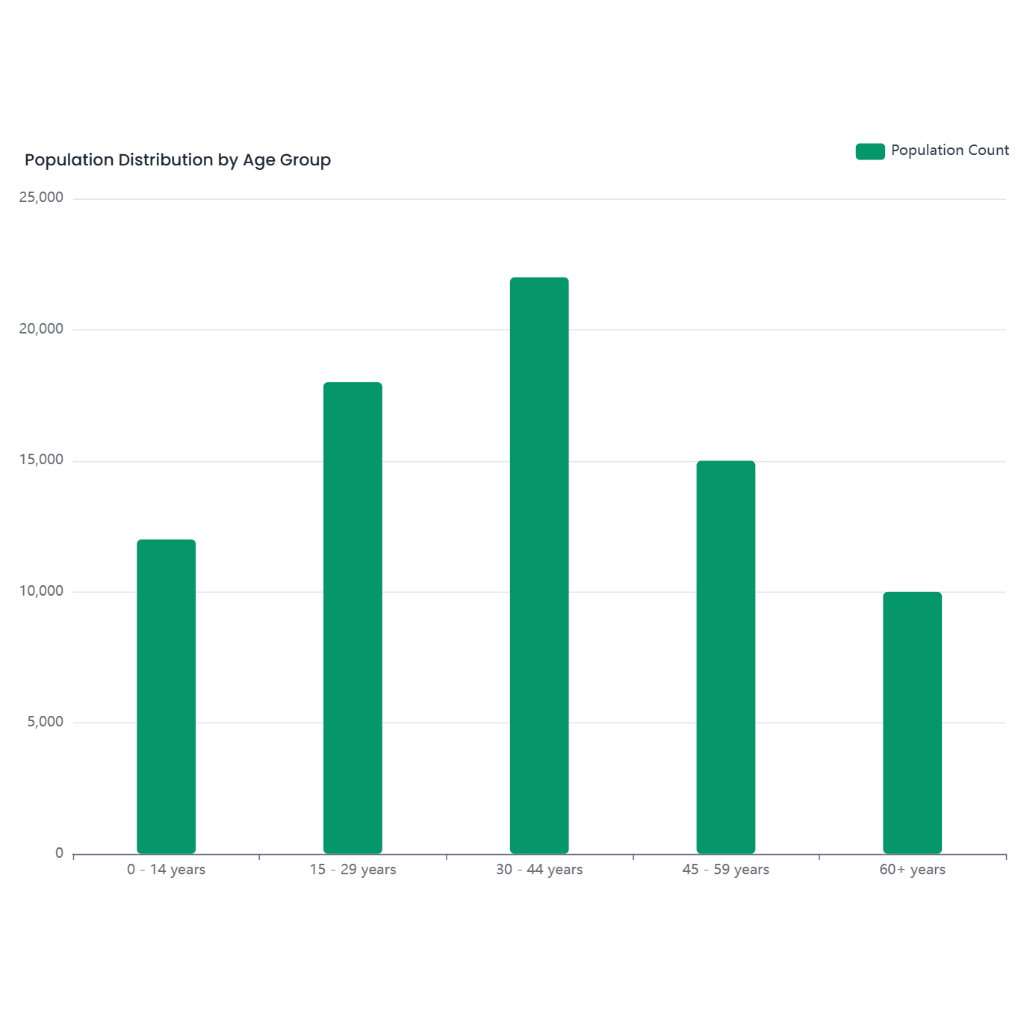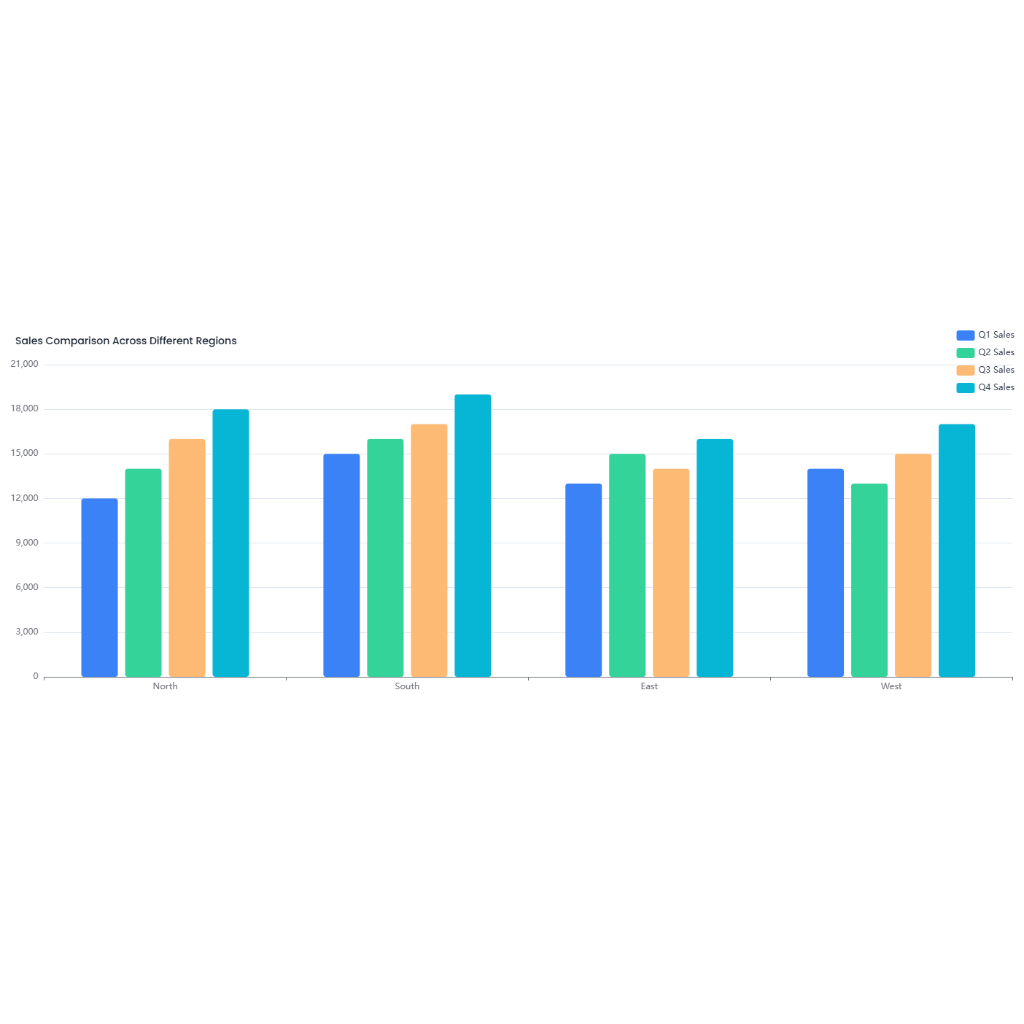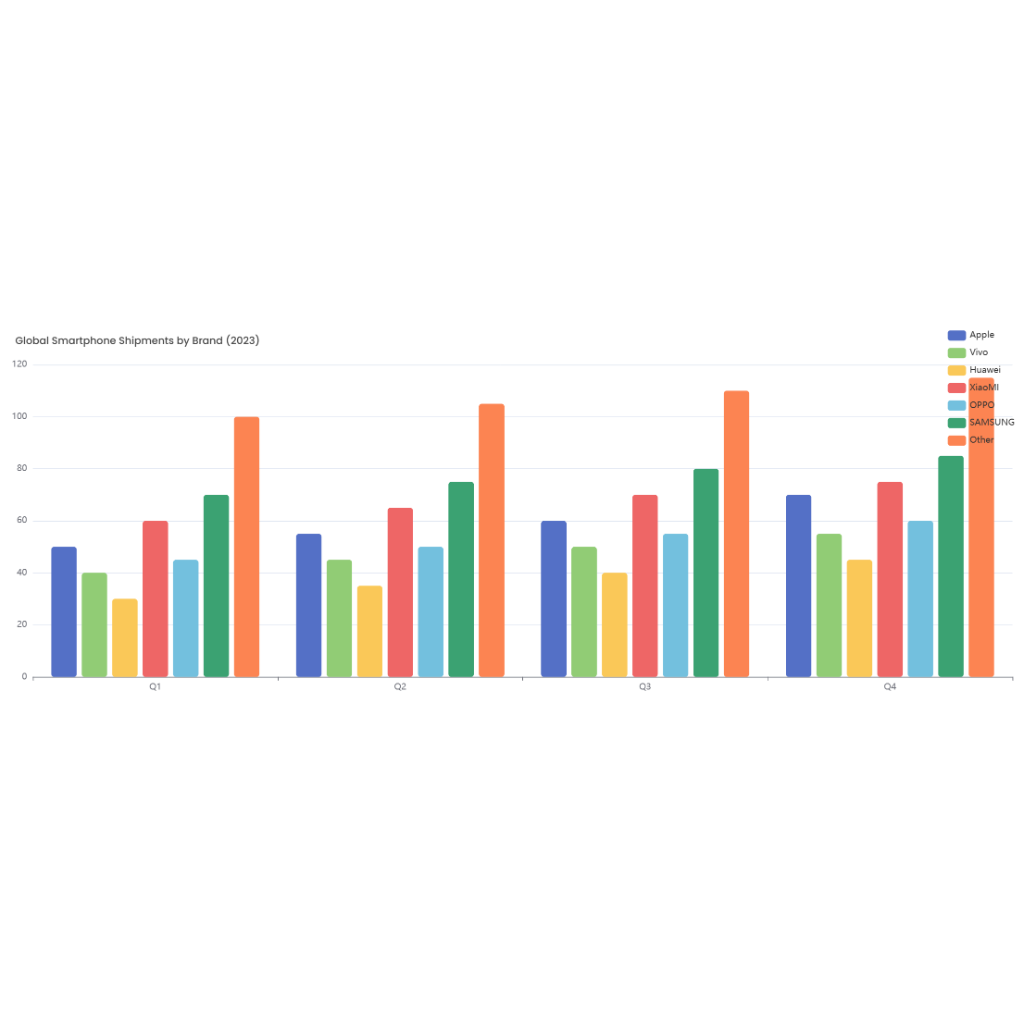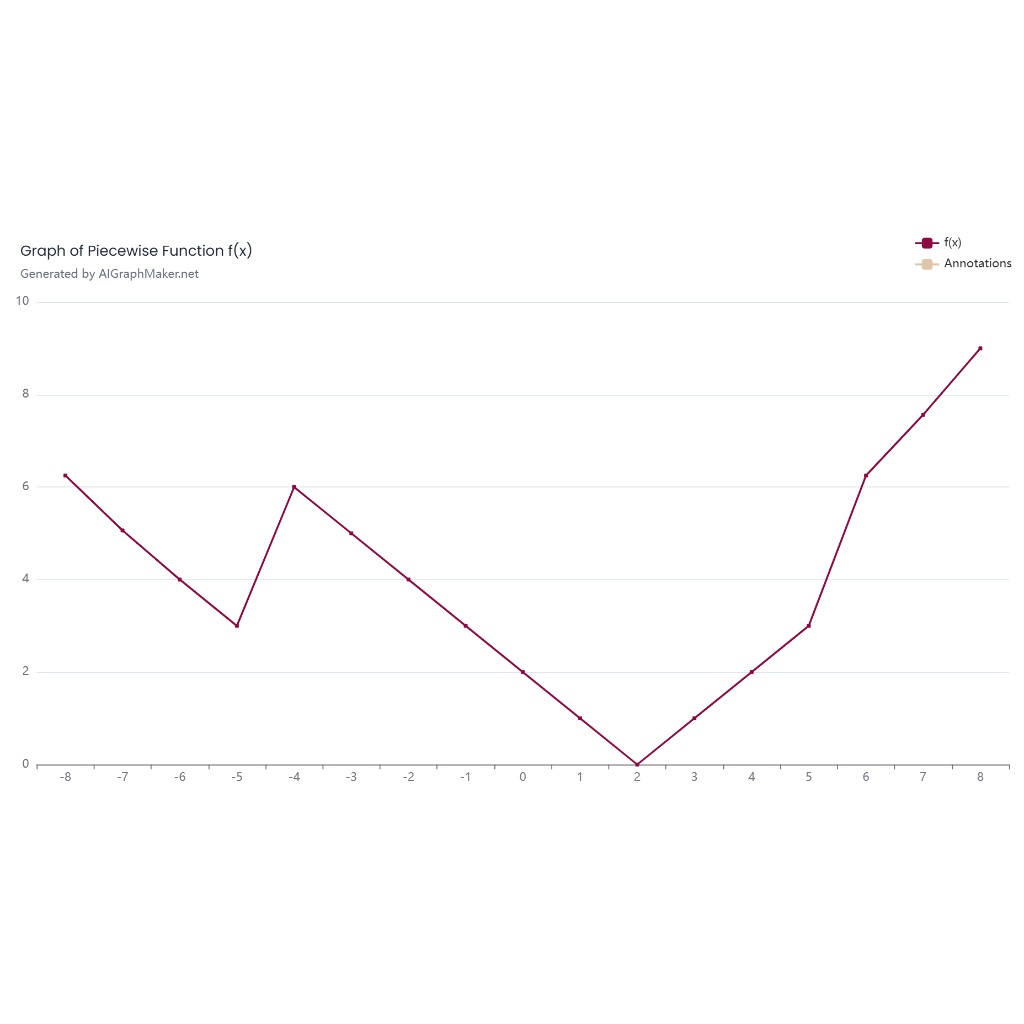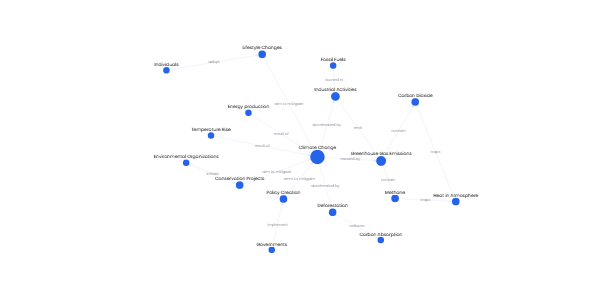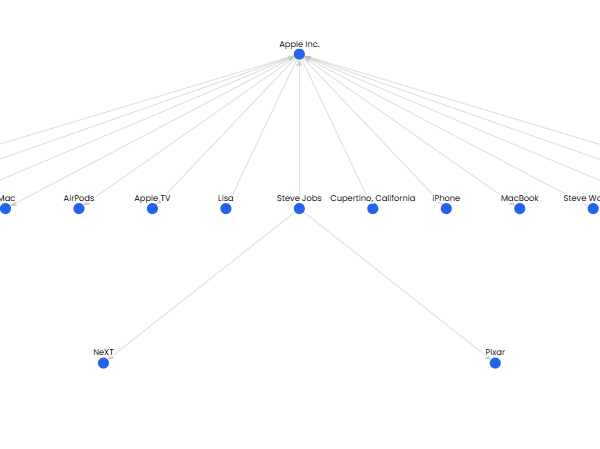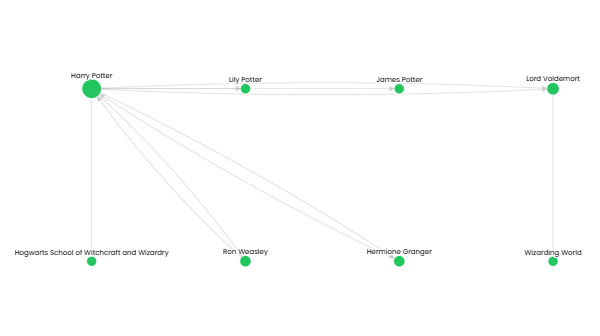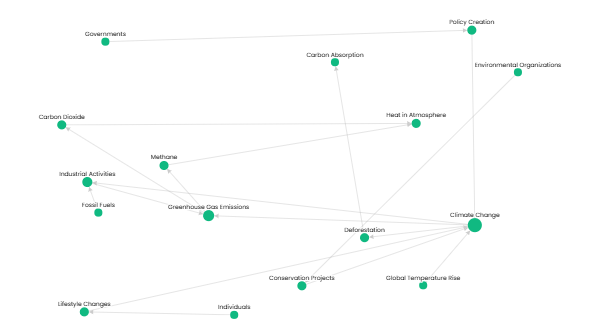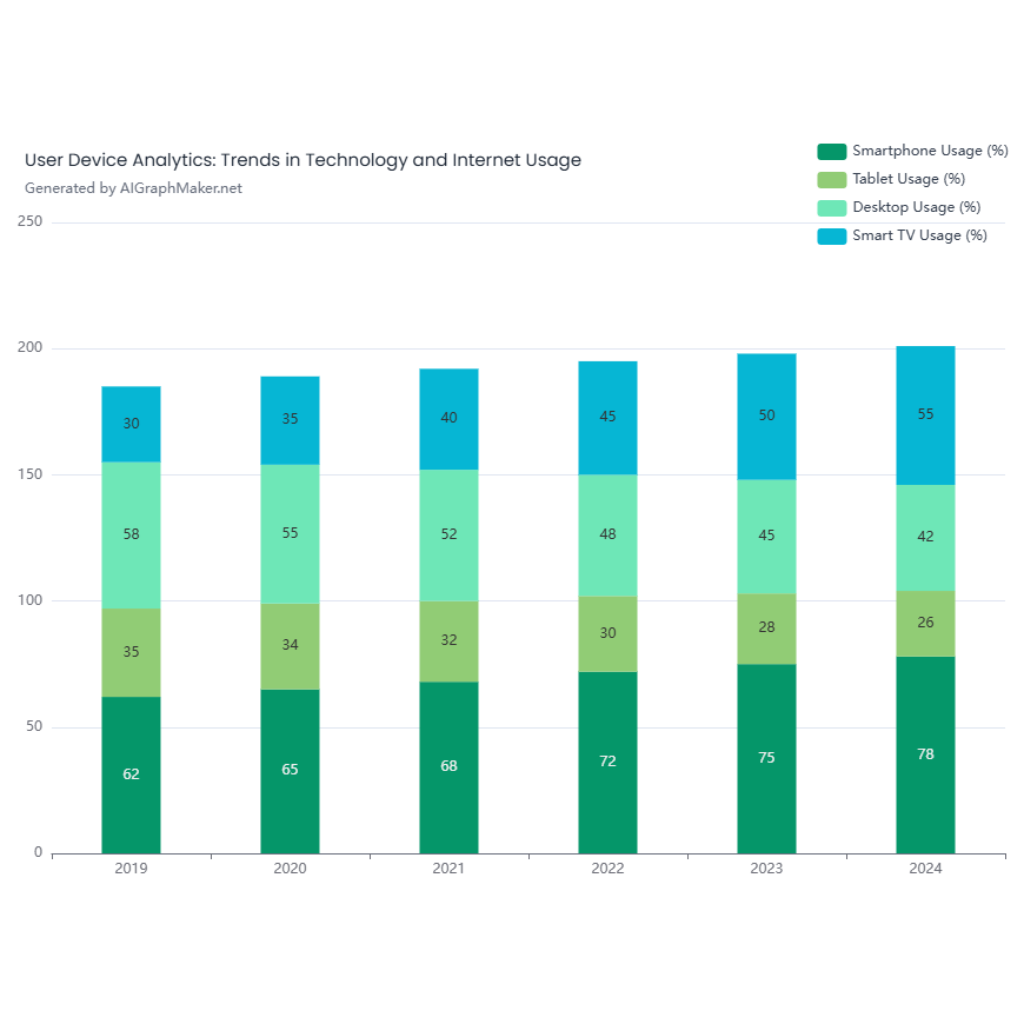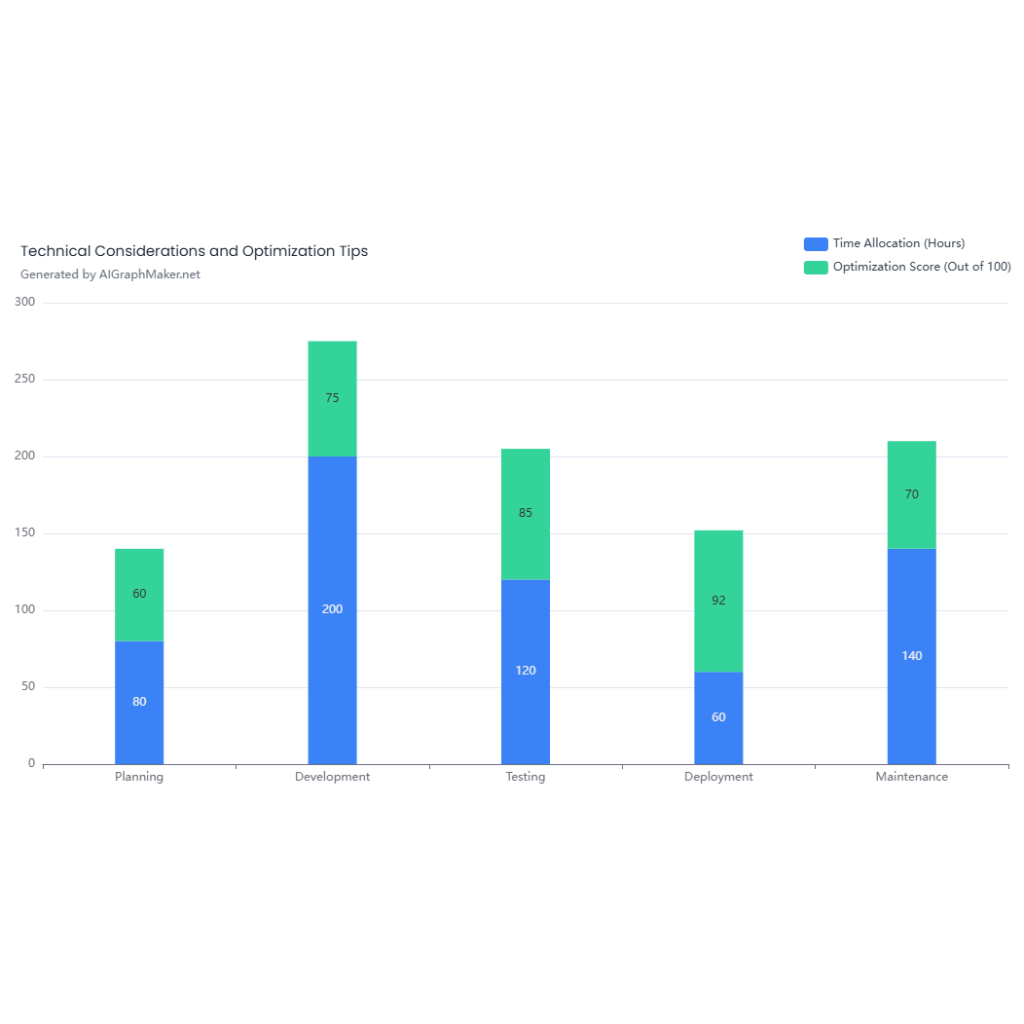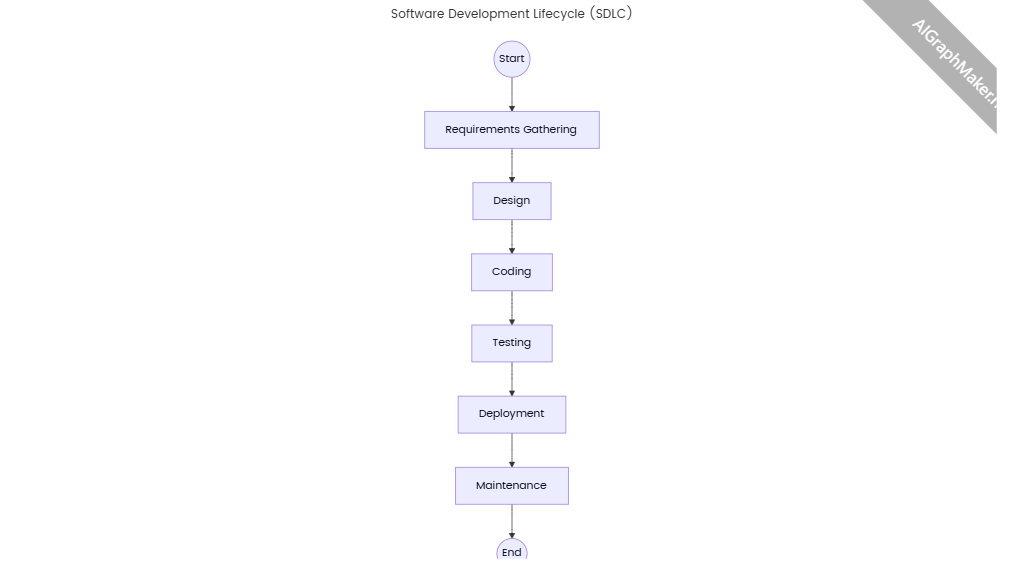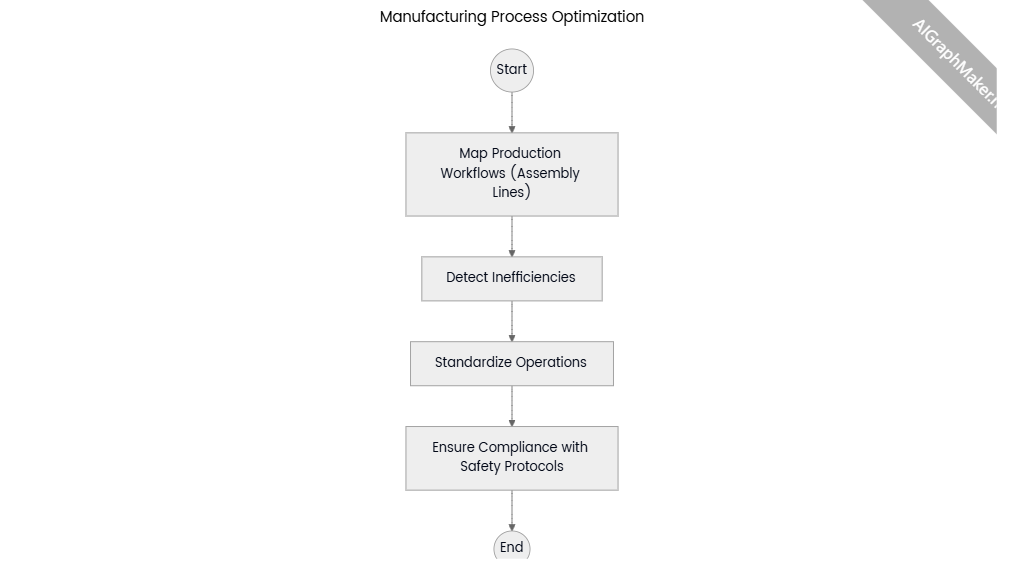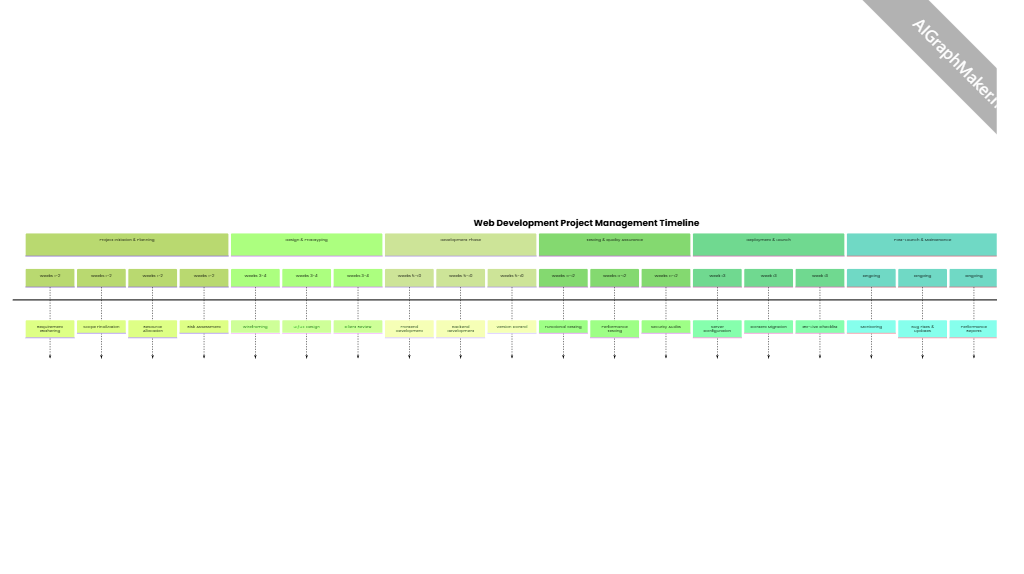Sketching the domain of f(x, y) = \frac{\log_2 (x + y)}{\sqrt{x}}
The function is defined where:
x + y > 0 (i.e., the region above the line y = -x).
x > 0 (i.e., only the right half-plane is valid).
Final domain: The shaded region where both conditions hold, this is the region in the first quadrant and the right half of the second quadrant above the line y = -x.
Description
Domain of f(x,y)=xlog2(x+y)
The domain of the function f(x,y) is determined by the restrictions on its components: the logarithmic numerator and the square root denominator. Below is a detailed analysis and description of the domain, supported by geometric interpretation:
Key Restrictions
- Denominator Requirement (x):
- The square root is defined only for non-negative x, and since it is in the denominator, x=0.
- Condition: x>0.
- Geometric Interpretation: This restricts the domain to the right half-plane (excluding the y-axis, where x=0).
- Numerator Requirement (log2(x+y)):
- The logarithmic function is defined only for positive arguments.
- Condition: x+y>0, which rearranges to y>−x.
- Geometric Interpretation: This represents the region above the line y=−x (a diagonal line with a slope of −1 passing through the origin).
Combining Conditions for the Final Domain
The domain must satisfy both conditions simultaneously:
- x>0 (right half-plane).
- y>−x (above the line y=−x).
Geometric Description:
- In the xy-plane:
- The line y=−x divides the plane into two half-planes. The valid region for the logarithm is above this line.
- Combining with x>0, the domain is the intersection of:
- The right half-plane (x>0), which includes parts of the first quadrant and the right half of the second quadrant.
- The region above y=−x, which in the right half-plane extends from the line y=−x upward.
- Visual Boundaries:
- The line y=−x is dashed (since y>−x does not include the line itself).
- The y-axis (x=0) is dashed and excluded (since x>0).
- Quadrant-Specific Details:
- First Quadrant (x>0,y>0): Fully included, as y>−x is always true here (since y is positive and −x is negative).
- Right Half of the Second Quadrant (x>0,y<0): Partially included, where y>−x (i.e., between the line y=−x and the x-axis).
Sketching the Domain
- Draw the Line y=−x:
- Dashed line passing through the origin with a slope of −1.
- Shade the Region Above y=−x:
- This includes all points where y is greater than −x.
- Restrict to x>0:
- Shade only the area to the right of the y-axis (excluding x=0).
Final Sketch:
- The domain is a shaded region in the right half-plane (x>0), bounded below by the line y=−x. It includes:
- All of the first quadrant.
- The portion of the second quadrant where x>0 and y>−x (i.e., the "wedge" between y=−x and x=0 for x>0).
Mathematical Notation
The domain can be expressed in set notation as:Domain of f={(x,y)∈R2∣x>0 and y>−x}.
This region is open (since it does not include the boundary lines x=0 or y=−x) and represents the set of all points where the function is well-defined and real-valued
